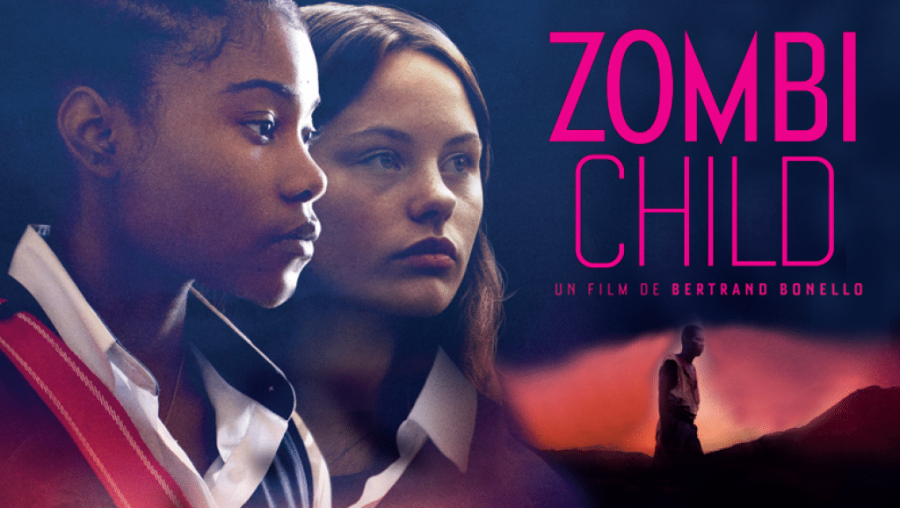End credits roll, the lights come up and in the regular commotion of shuffling feet and long exhales, someone says aloud exactly what I’m thinking: “That was cool.”
It’s difficult to pin down Bertrand Bonello’s latest film, “Zombi Child,” in any traditional understanding of genre. Part horror film, part coming-of-age story and part postcolonial commentary, this film comes together as an experimental work that transcends time, place and culture.
Clairvius Narcisse (Mackenson Bijou) is a Haitian man who is resurrected from the dead in 1962 as a zombi to work on a sugarcane plantation. In the present day, his granddaughter Mélissa (Wislanda Louimat) confesses her fantastical roots to an exclusive literary society at her boarding school, a revelation which leads one of the girls, Fanny (Louise Labeque), on a forbidden spiral into the world of voodoo. This is the basic premise for a story of unexpected twists.
The story is thus spliced into two juxtaposed narratives. The film begins with the tale of Clairvius, a haunting story that should be told in the dark. It evolves through images awash in deep tones and shadows, black and blue.
The lighting is the first hint of the lack of agency experienced by the zombis, faceless and speechless, their lack of consciousness an unnerving mystery that is gradually revealed as an allegory for slavery, permeating the film with dark undertones.
In contrast, Mélissa and Fanny’s boarding school is sunny and illuminated, with spacious, sterile classrooms and brightly lit halls. While the memory of the sugarcane plantation, a world that is portrayed as brutal and almost primitive, swims in the past, the girls’ world is alive and indestructible.
The film’s score and soundtrack amplify the complex patterns and relationships unfolding unraveling on screen. The musical themes are replete with synths that create an atmosphere humming with tension as Mélissa becomes more integrated into the girl’s group; as the details of Clarvius’ death, zombi existence and genealogy are defined; and as Fanny’s interest in using voodoo for her own purposes develops.
The immersive soundscape is unique and fascinating in its mix of traditional orchestral elements combined with lightning strikes of modern music. As the music intensifies, so does the story. The narrative picks up speed as it begins to switch more rapidly between the two naratives, until the boundaries around characters, histories and desires fall away to create a fluid state of movement.
Music in “Zombi Child” isn’t just a component of worldbuilding, but a commentary on race and class. As Mélissa joins the group, she’s heard listening to Belgian-Congolese rapper Damso’s pulsing beat, “N. J Respect R.”
When the girls find her dancing alone to the song, she admits to them that she’s embarrassed to listen to the music she likes; as time wears on, however, the song comes to be memorized by the whole group. The song’s refrain is “No surprise, I show no respect,” perhaps an indicator of Fanny’s willingness to exploit Mélissa’s heritage to regain a lost love, without consideration for what voodoo and the state of zombi actually means and represents.
“Zombi Child” is a rollercoaster to watch as it clashes together narrative themes, social topics and variations on lighting and music. It’s inventive, it’s lively … it’s cool.
Email Alexandra Bentzien at [email protected].






















































































































































